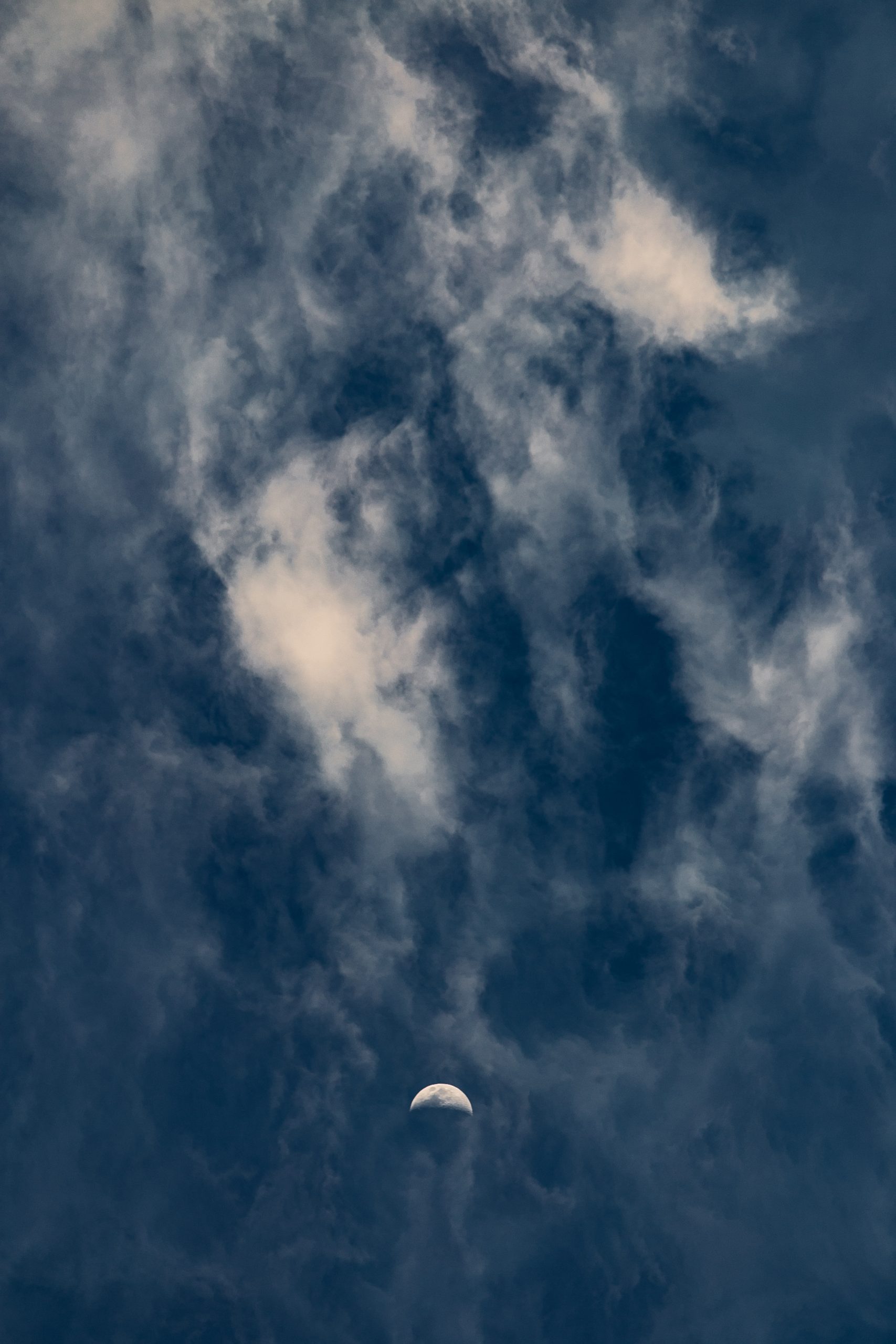How Often Do Solar and Lunar Eclipses Occur?
When we look up at the sky, we are often astonished by the celestial phenomena that occur. One such phenomenon is the eclipse, where the Moon or the Sun is partially or completely covered by the shadow of the other. These eclipses, particularly solar and lunar eclipses, have captivated humans for centuries, with people from different cultures and time periods striving to understand their frequency and significance. In this blog post, we will dive into the details of solar and lunar eclipses, exploring how often they occur and what factors contribute to their frequency.
The Basics of Solar and Lunar Eclipses
Before we delve into the frequency of solar and lunar eclipses, let’s first understand the basics of these awe-inspiring celestial events.
Solar Eclipses
A solar eclipse occurs when the Moon passes between the Earth and the Sun, causing the Sun to be either partially or completely obscured. This happens because the Moon’s orbit is slightly tilted with respect to the Earth’s orbit around the Sun, preventing an eclipse from occurring during every New Moon.
There are three types of solar eclipses:
- Total solar eclipse: This is when the Moon completely covers the Sun, resulting in a brief period of darkness known as totality.
- Partial solar eclipse: In this type, only a portion of the Sun is covered by the Moon, leading to a partial decrease in sunlight.
- Annular solar eclipse: Here, the Moon is directly in front of the Sun but does not fully block its light. This creates a ring of light, or annulus, around the Moon.
Lunar Eclipses
A lunar eclipse, on the other hand, occurs when the Earth passes between the Sun and the Moon, casting its shadow on the lunar surface. Unlike solar eclipses, which are only visible in specific regions, lunar eclipses can be seen from anywhere on the nighttime side of Earth.
There are three main types of lunar eclipses:
- Total lunar eclipse: During a total lunar eclipse, the Earth’s shadow covers the entire Moon, giving it a reddish hue often referred to as a blood moon.
- Partial lunar eclipse: In this type, only a part of the Moon is covered by the Earth’s shadow, resulting in a partial darkening of the lunar surface.
- Penumbral lunar eclipse: This is the most subtle type of lunar eclipse, where the Moon passes through the Earth’s penumbra, causing a slight dimming.
The Frequency of Solar Eclipses
Now, let’s explore the frequency of solar eclipses and what factors influence how often they occur.
Saros Cycle
The Saros cycle is a period of approximately 18 years, 11 days, and 8 hours, after which a similar eclipse pattern recurs. This cycle was first discovered by ancient Babylonian astronomers and is still used today to predict eclipses.
During a Saros cycle, a series of eclipses occur, including both solar and lunar eclipses. Each Saros series begins with a particular kind of eclipse, such as a total solar eclipse, and continues by repeating the same types of eclipses for several iterations. After several centuries, the Saros series gradually ends, but new ones begin.
On average, there are about 240 solar eclipses in a Saros cycle. However, it is important to note that not all eclipses in a Saros cycle are visible from the same location on Earth. The visibility depends on various factors, such as the Moon’s distance from Earth, the tilt of the Moon’s orbit, and the observer’s geographical location.
Number of Eclipses per Year
In general, there are at least 2 solar eclipses and a maximum of 5 solar eclipses in a year. However, the exact number can vary. This variation occurs because the Moon’s orbit is elliptical rather than perfectly circular, causing its distance from Earth to change. Consequently, the Moon’s apparent size also varies, resulting in different eclipse patterns each year.
Additionally, the number of solar eclipses can be affected by other factors, such as the positions of the lunar nodes. The lunar nodes are the points where the Moon’s orbit intersects with the ecliptic plane, the imaginary plane in which the Earth orbits the Sun. These nodes move in a retrograde direction, completing one full revolution approximately every 18.6 years. As a result, the number of solar eclipses can increase or decrease depending on the Moon’s alignment with the nodes.
The Frequency of Lunar Eclipses
Now that we have explored the frequency of solar eclipses, let’s shift our attention to lunar eclipses.
Number of Eclipses per Year
In contrast to solar eclipses, lunar eclipses are more frequent and can happen up to 3-4 times a year. This occurs because lunar eclipses are visible from anywhere on the nighttime side of Earth, as long as the Moon is above the horizon.
Like solar eclipses, the number of lunar eclipses can also vary. It depends on the position of the lunar nodes, which affect the alignment of the Moon, the Earth, and the Sun. The lunar nodes’ movement and alignment cycle repeats every 18.6 years, resulting in fluctuations in the number of lunar eclipses during that period.
Conclusion
Solar and lunar eclipses continue to captivate humankind, connecting us to the vastness of the universe. While solar eclipses occur less frequently due to the specific alignment required, lunar eclipses occur more frequently and can be observed from a larger portion of the Earth. The Saros cycle and the positions of the lunar nodes play key roles in determining the frequency of both solar and lunar eclipses.
So, the next time you witness an eclipse, remember the intricate dance of celestial bodies that brings these awe-inspiring events to life. It’s a reminder of the beauty and complexity of the universe we are fortunate to be a part of.
Table of Contents
